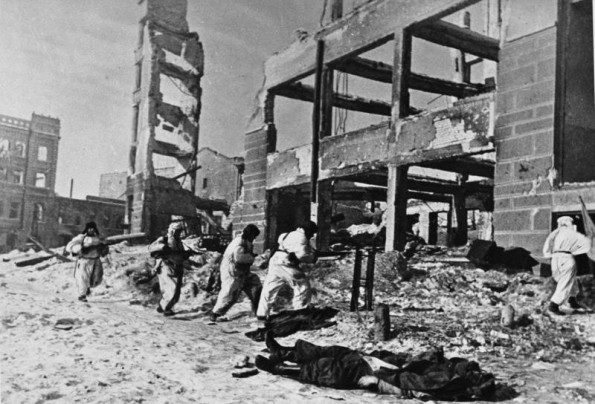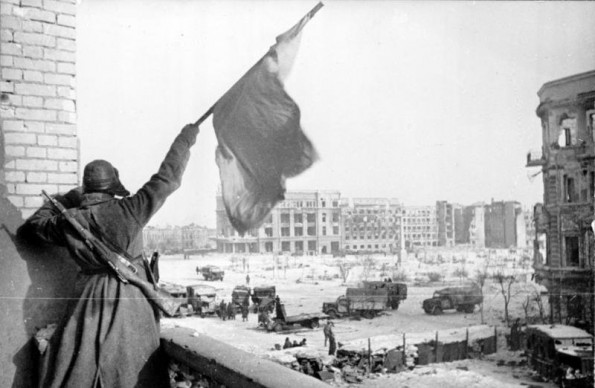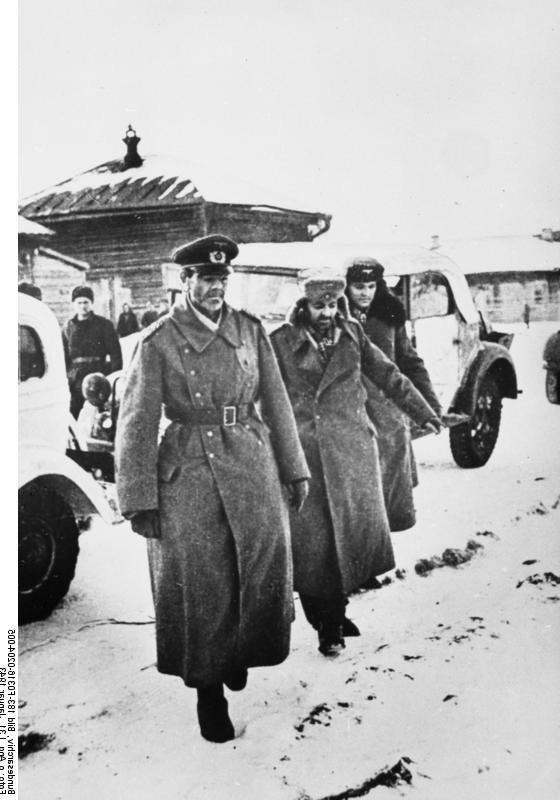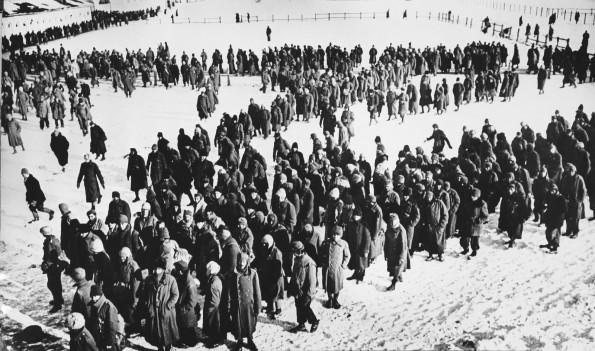Air Operations, Bismarcks
- 43rd Heavy Bomb Group B-17s attack airfields and town areas at Rabaul.
- 90th Heavy Bomb Group B-24s mount single-plane attacks against the Cape Gloucester airfield on New Britain.
Air Operations, Europe
There are heavy Allied air raids on Sicily hitting Catania, Trapani, Augusta and Messina. There are many hits on the ferry terminal in the Straits of Messina and heavy casualties including the Archbishop of Reggio.
[Air Operations, New Guinea
- 3d Light Bomb Group A-20s attack targets between Mubo and Komiatum.
- 1 43rd Heavy Bomb Group B-17 attacks Wewak.
- 90th Heavy Bomb Group B-24s attack individual vessels without success in the Banda Sea and Solomon Sea.
Air Operations, Sicily
IX Bomber Command B-24s attack the ferry terminal at Messina.
[Air Operations, Solomons
- XIII Bomber Command B-17s attack the Vila airfield on Kolombangara.
- Cactus Air Force light bombers and 347th Fighter Group P-39s attack shipping in Vella Gulf. Cactus Air Force fighters also mount several sweeps over the Munda Point airfield on New Georgia and the Vila airfield on Kolombangara.
- After sunset, a small force of Cactus Air Force SBDs and TBFs, with 6 Marine Corps F4F escorts, are attacked by numerous F1M 'Pete' reconnaissance float planes and A6M Zeros while preparing to attack a Japanese Navy cargo ship in Vella Gulf. The bombers miss their target, but strafing by the remaining F4Fs starts a fire that eventually sinks the vessel. 2 other A6M Zeros are downed by the remaining F4Fs.
Air Operations, Tunisia
- XII Bomber Command B-17s attack port facilities and shipping at Bizerte.
- XII Bomber Command B-26s attack Gabes Airdrome and escorting 1st Fighter Group P-38 pilots down 2 Bf-109s west of Gabes.
- Many 12th Air Force fighters attack ground targets and directly support Allied ground forces in the area between Faid and Gafsa.
- 82nd Fighter Group P-38 pilots donw 2 Bf-110s north of the Gulf of Tunis at 1300 hours.
CBI
C-46 Commando cargo aircraft prove unreliable for flying over the Hump, forcing many crewmen to abondon their aircraft and parachute into the jungle. Detachment 101 rescues more than 100 of them.
[Eastern Front
The Russians have now reduced the defenders of Stalingrad to two pockets crowded with starving, desperate men. Hitler appoints von Paulus Field-Marshal, but this very day this newly promoted commander is forced to seek surrender terms. Hitler is furious that von Paulus should prefer surrender to suicide. Flying into a rage, he swears that he will not create any more field-marshals. Hitler says: 'Paulus did an about-face on the threshold of immortality.' Two days later the last nucleus of resistance in Stalingrad, made up of men of the XI Corps commande by Gen Karl Strecker in the Alexandrovka quarter, lays down its arms. Of the 284,000 men surrounded at Stalingrad approximately 160,000 have died in action and about 34,000 have been evacuated by air. The Luftwaffe has lost about 500 transport aircraft. The survivors, numbering more than 90,000 are sent to Siberia on foot, and many of them die of starvation and exhaustion during that terrible march. Much later in the year, on November 7th, Stalin announces that 146,300 bodies have been found and buried.
Stalingrad is the first terrible check to the hitherto invincible Wehrmacht, a disaster that signalizes a military and psychological turing-point in the war.
Paulus surrenders at Stalingrad. Now only XI Corps in the northern pocket in the city continues to hold out. Hitler is disgusted, stating: 'Here is a man who can look on while fifty or sixty thousand are dying and defending themselves with courage to the end - how can he give himself up to the Bolsheviks?'
|
|
|
|
South of Izyum, at Slavyansk, the 3rd and 7th Panzer Divs move into the frontline in an effort to halt the Red Army's advance.[MORE]
[Germany, Command
Karl Dönitz succeeds Adm Raeder as CinC of the German Navy, with the rank of Grand Admiral.
[Guadalcanal
The 147th Infantry, with artillery and naval gunfire support, attempts to cross the Bonegi. Stiff resistance at the river mouth prevents the 1st Battalion from crossing, but the 3rd Battalion crosses about 2,500 yards inland from Tassafaronga Point. A small party from the 147th Infantry sails from Beaufort Bay to Lavoro to outpost the Titi area in preparation for a landing by the 2nd Battalion of the 132nd Infantry, reinforced, Americal Div. 6 of the party go ashore and suggest by radio that the landing should be made at Nugu Point. The 2nd Battalion of the 132nd Infantry sails from Kukum for Nugu Point at 1800. The Americans are winning the battle for Guadalcanal, but they do not succeed in upsetting the timetable that the Japanese have laid down for the withdrawal and re-embarkation operations. During January XIV Corps operations have generally been successful. The Japanese have been driven back 7 miles at a cost of 189 killed, 400 wounded. 105 Japanese have been captured and an estimated 4,000 killed. Large quantities of weapons and equipment have been captured. The 2nd and 8th Marines, 2nd Marine Div, sail from Gudalcanal for New Zealand.
[Italy, Command
Marshal Cavallero, Chief of the General Staff, is replaced by Gen Ambrosio.
[Mediterranean
The British corvette Samphire is sunk by the Italian submarine Platino in the Western Mediterranean with the loss of 45 of her crew.
[North Africa
LIBYABritish troops clear Zuara and press toward the Tunisian frontier.
TUNISIAFrench XIX Corps troops, British 1st Army, are being withdrawn for rest and rehabilitation. The US 1st Div takes control of the Ousseltia Valley area. In the Rebaa Valley, the 36th Brigade, British 78th Div, repels tank-infantry attacks near Sidi Said, north of Rebaa Oulad Yahia, destroying 5 tanks of which 2 are Tigers. In the US II Corps area, Combat Command A, US 1st Armored Div, begins action to regain Faïd Pass, but the attack fails. Combat Command C, continuing toward Eastern Dorsa, is ordered to join Combat Command D in the effort against Maknassy. Combat Command D moves from Gafsa with the task of seizing Sened Station and then reducing enemy positions near Maknassy, but is subjected to a demoralizing air attack and cannot be formed for the assault.
[


